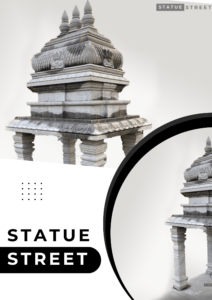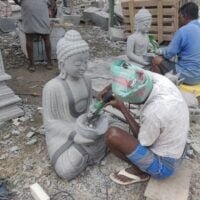Statue sculpture has long been a medium for preserving and celebrating history, culture, and civilization. From ancient civilizations to modern times, sculptors have crafted pieces that provide glimpses into the past, unraveling tales of bygone eras. Join us as we journey through time and delve into the world of historical and archaeological sculptures, where each piece narrates a story steeped in the annals of human history.
Sculptures as Historical Narratives:
Throughout history, sculptures have been employed to immortalize significant figures, events, and cultural achievements. They serve as powerful visual narratives, allowing us to connect with the past and gain insights into the lives and customs of ancient civilizations.
Portraits of Leaders and Rulers:
- Pharaohs of Ancient Egypt: Elaborate sculptures of pharaohs and gods, such as the Great Sphinx of Giza and the bust of Nefertiti, provide glimpses into the grandeur and religious beliefs of ancient Egypt.
- Roman Emperors: Sculptures of Roman emperors and statesmen, like the iconic bust of Julius Caesar, reveal the sophistication and political power of the Roman Empire.
Archaeological Discoveries and Their Significance:
Sculptures discovered through archaeological excavations play a pivotal role in unraveling the mysteries of the past. These artifacts provide invaluable insights into the cultures, artistic styles, and societal structures of ancient civilizations.
Notable Archaeological Sculptures:
- The Terracotta Army (China): An army of terracotta soldiers and horses buried with the first Emperor of China, Qin Shi Huang, revealing the sophistication of ancient Chinese craftsmanship.
- The Winged Victory of Samothrace (Greece): A Hellenistic sculpture representing Nike, the goddess of victory, showcasing the grace and beauty of ancient Greek art.
Preservation and Restoration Efforts:
Preserving historical sculptures is a laborious task, often requiring skilled artisans and advanced techniques. Restoration work aims to conserve the sculptures’ original form and maintain their historical and artistic integrity.
Challenges and Techniques:
- Weathering and Decay: Exposure to natural elements and pollutants can deteriorate sculptures over time. Restoration involves cleaning, consolidation, and protective measures to prevent further decay.
- Material Compatibility: Skilled restorers carefully select materials and techniques compatible with the original sculpture to ensure authenticity and longevity.
Conclusion:
Historical and archaeological sculptures serve as windows to the past, connecting us with ancient civilizations and their achievements. Through the skilled craftsmanship of sculptors and the preservation efforts of dedicated professionals, we continue to uncover and appreciate the rich tapestry of history and the artistic legacy of our ancestors. As we study these sculptures, we gain a deeper understanding of the evolution of human culture and the timeless beauty that transcends the ages




